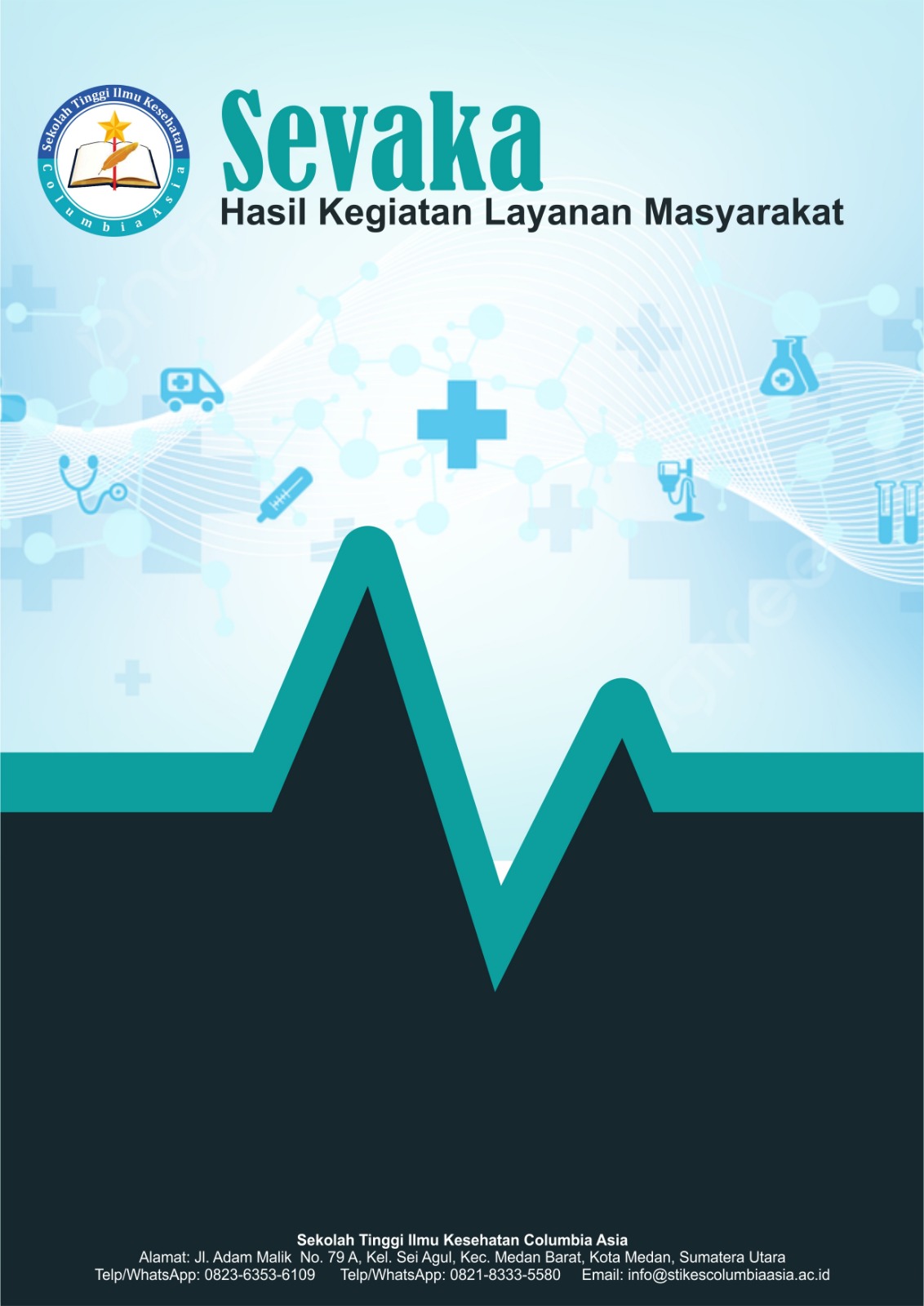Pembuatan Sabun Cair Cuci Tangan Antiseptik Menggunakan Bahan Alami Tumbuhan Serai
DOI:
https://doi.org/10.62027/sevaka.v3i2.366Keywords:
Liquid soap, Handwashing, Antiseptic, Natural ingredients, LemongrassAbstract
Antiseptic hand wash liquid soap is a soap that contains certain chemicals to reduce and prevent bacterial infections. Hand washing liquid soap that uses natural ingredients from lemongrass plants (Cymbopogon nardus) has a variety of significant benefits and functions. Lemongrass (Cymbopogon nardus) contains essential oils with antibacterial and antimicrobial properties, making it effective in killing germs and bacterial on hands. This is very important in preventing the spread of disease, especially in vulnerable environments. This hand wash liquid soap is also safe for the skin, reducing the risk of irritation that often occurs due to the use of chemical hand wash liquid soap, and is suitable for all skin types including sensitive skin. The use of lemongrass (Cymbopogon nardus) based hand washing liquid soap for the community is very broad. In addition to serving as an educational tool in public health campaigns, this product also supports the local economy by utilizing raw materials from local farmers, thus promoting sustainable agriculture and creating jobs. With the increasing awareness of the importance of hand hygiene, this liquid hand soap is a healthy alternative for consumers who care about health and the environment. Overall, the use of lemongrass (Cymbopogon nardus) based hand wash liquid soap not only contributes to individual health, but also improves the quality of life of the community through disease prevention and support to the local economy.
References
Balitbangkes. (2013). Pokok-pokok hasil riset kesehatan dasar, kemenkes, RI. Galato. D.. Luciana M.G., Graziella M.A.(2009). Responsible self-medication: review of the process of pharmaceutical attendance, Brazilian Journal of pharmaceutical Sciences, 4(5), 625-670.
Djuria, R.F.(2018). Peningkatan pengetahuan tentang DAGUSIBU terhadap kader gerakan keluarga sadar obar (Gkso) desa Tanjung Gunung Bangka Tengah. Jurnal kesehatan poltekes Pangkal Panjang, 6(1), 33-38.
Lestary H.,A.L. Susyanty,A. Hermawan, Y. Yuniar, I.D. Sari, Rosit, Sugiharti Khadijah (2013). Pokok-pokok Hasil Riset Dasar Provinsi Jawa Barat.
Indonesia, D. R. (2009). Panduan Pengajan Proposal Hibah Pengabdian Masyarakat Universitas. Jakarta:universitas Indonesia: books panduan.
Indonesia, P. R. (2002). Undang-undang Republik Indonesia Nomor 18 Tahun 2002 Tentang Sistem Nasional Penelitian,Penembangan, danPenerapan Ilmu Pengetauan dan Teknologi. pemerintahan RI.
Masyarakat, D. P. (2013). Panduan Pelaksanaan Penelitian dan Pengabdian Kepada Masyarakat di Perguruan Tinggi Edisi IX. Semarang: books research.
Nugroho, A. (2009). Pengabdian Masyarakat di Perguruan Tinggi. Pengabdian Masyarakat, 50-62.
Downloads
Published
How to Cite
Issue
Section
License
Copyright (c) 2025 Sevaka : Hasil Kegiatan Layanan Masyarakat

This work is licensed under a Creative Commons Attribution-ShareAlike 4.0 International License.







